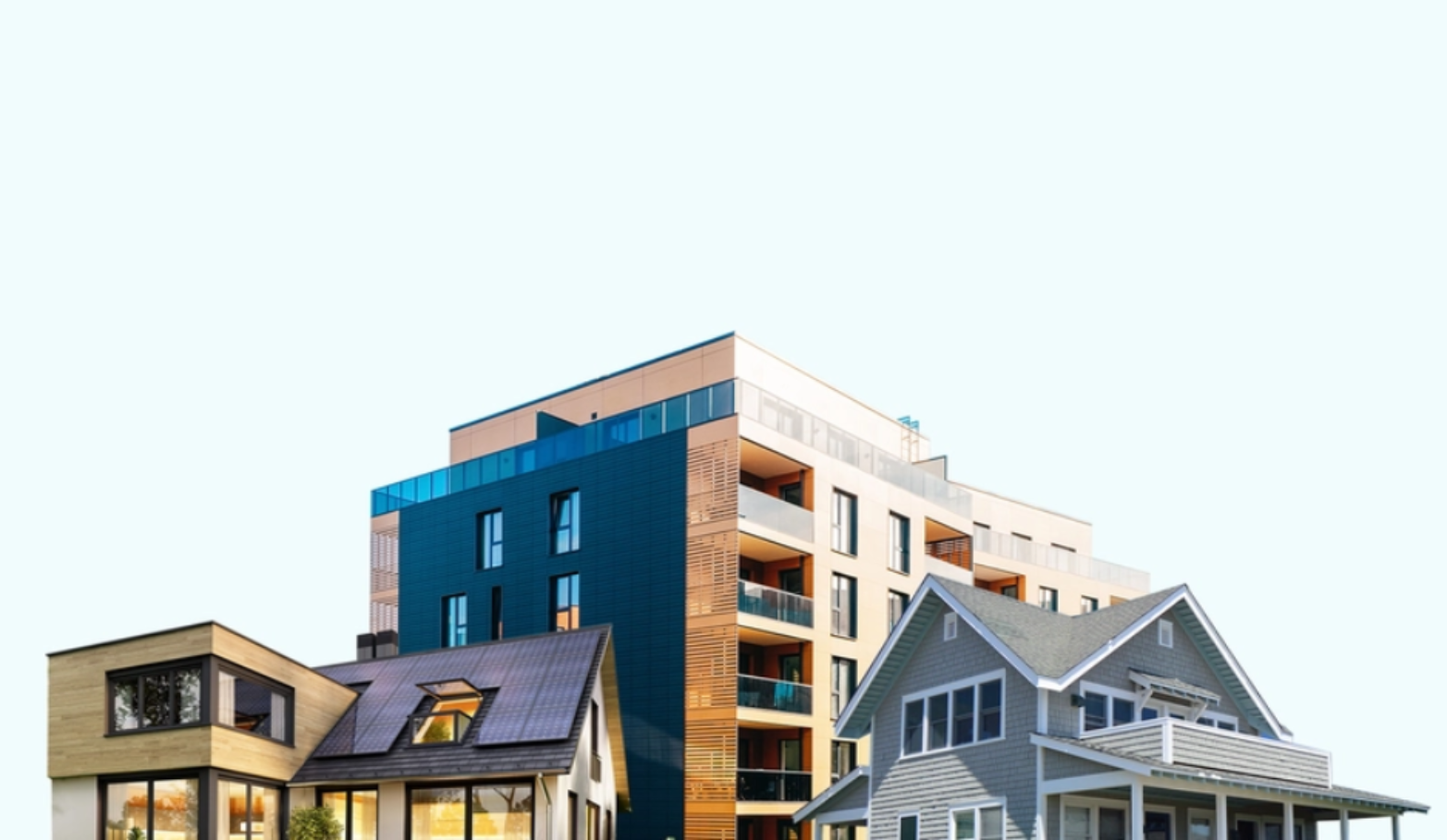Understanding the value of any investment you are willing to make is critical to the success of your investing endeavors. You don’t throw mud at the wall and hope it sticks when you are investing large sums of money and time. When it comes to real estate, no matter the type, there are different tiers of property quality you will want to understand.
Brokers often use an A, B, C style model to break down the different grades of investment when it comes to rental homes. This is a simple system and it makes sense to start here.
People Will Live in Homes that Match Their Stages in Life
It is well known that people live in different styles of homes in different stages of their lives. Young, single adults often bunk up with others of their age group in multi-home dwellings. As people age, get married and start having kids, they tend to move into single detached homes as they focus on raising their family.
Inevitably, as their children grow and move out, older adults move back into smaller dwellings, multi-unit homes, that more closely match their needs.
Parents raising children will often make decisions about where they will live based on their access to a good school. This is seen in the rental prices near these schools. You can find online rating tools that rank areas based on their proximity to quality schools.
Techniques for Ranking the Quality of Rental Houses
Proximity to schools is important because they play a critical role in determining a home’s status as either an A, B or C property in our ranking model. For a home to become an “A”, it needs to be both ranked as an 8, 9 or 10 on a school ranking site, such as greatschools.org, as well as be listed as at least 100$ more per month than a similar house in the area. A “B” ranked home would be in a good position to a school (over 6) but listed at the average for the area. Anything below a 6 rank for schools and average or less than the average price would be ranked “C”.
The age of the homes is another critical piece of information when ranking your potential real estate investment. This is why. Houses that are younger than 15 years old are less expensive to maintain. Any home that is between 15-25 years old will need the replacement of almost all of the major systems. Think of HVAC and appliances, as well as potentially windows and doors.
Seek out the information of each system if you are looking at anything over 20 years old. This is the only way to make an educated decision about the home and its expected repair and maintenance costs.
Why Even Quantify the Quality of Different Rental Houses at All?
Why all the fuss about ranking these homes? Two words. CASH FLOW. This is the key to successful rental investing. Here is a simple breakdown of how cash flow works.
High-quality properties:
Generate more income
Cost less to maintain
Lose less income due to vacancy
Lose less income due to delinquency (people not paying full rent)
“C” level homes will have higher ongoing maintenance costs and higher delinquency and vacancy rates but cost less to buy. Less cash up-front but they generate less income and more consistent costs.
“B” level homes will fall somewhere in the middle with mid-level vacancy, delinquency rates and costs. They will generate more income than a “C” level home and should cost you less in year over year maintenance.
“A” level homes are the costliest to buy up-front due to their superior location, condition and age. This means you can charge more for rent and expect the least amount of maintenance costs year over year.
How to Budget for Your Rental Property?
Calculating your rental property budget is a learning process. It helps to budget slightly more than you expect if that is possible. However, there is no secret formula for finding the perfect budget. Classifying your rental properties by a system like this will allow you to have a more accurate representation of what you will need to budget monthly.
Whether you have purchased an “A”, “B” or “C” level home, look at the systems you will likely need to replace and divide the cost by 12 months. Add 10% as a buffer in case of unexpected costs. This should give you a starting budget. Evaluate often and make changes accordingly.
As a real estate investor, you will eventually find where you feel most comfortable. There is a balance of potential risk and potential yield from your investments that you must learn. You may prefer to invest in “B” grade properties because of the temperate mix of risk and yield. If you have the budget, you may want to stick with “A” properties. Maybe you value volume and choose to go for more “C” properties to increase your number of separate revenue streams.
Everyone is different and has a unique level of tolerance for risk and reward. If you are buying rental properties, one thing is for sure. You will need a property management company. Reach out to Centurion today for the best property management services available. Excellence as a habit. Centurion.


